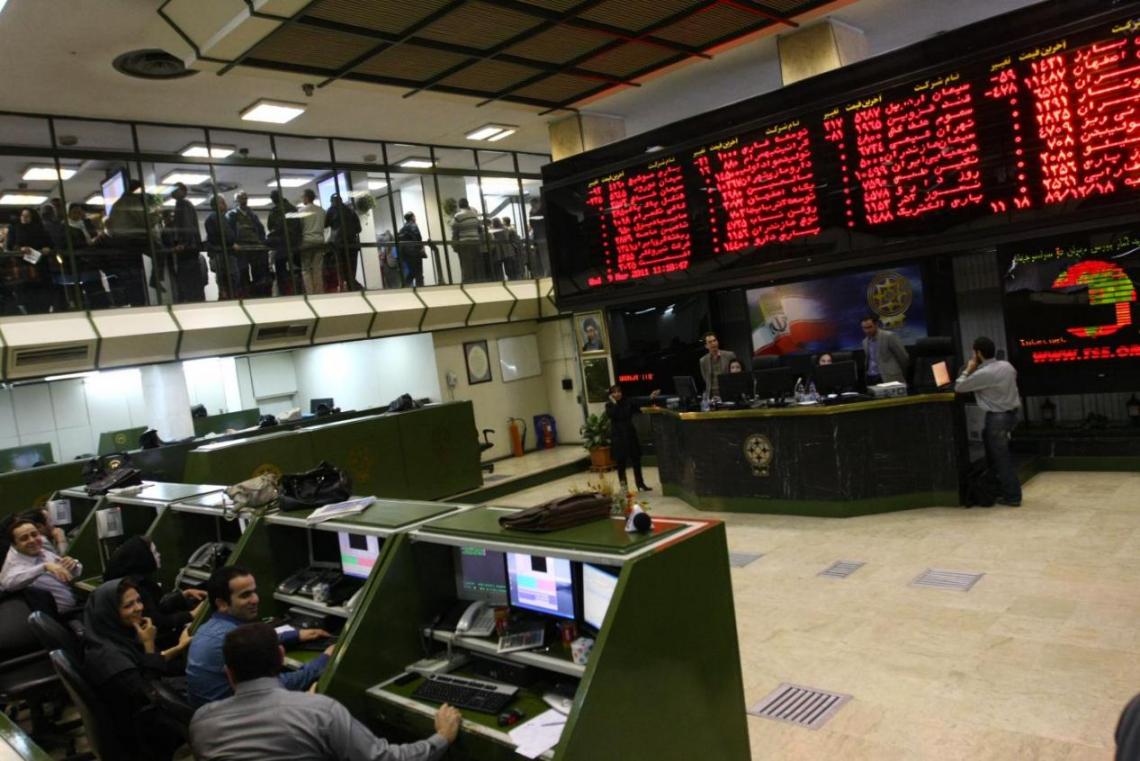Tehran Stock Exchange was the world’s fourth fastest-growing stock exchange, according to a study carried out by TSE analysts who monitored the benchmarks of 17 global exchanges from March 18 to June 14.
TSE’s main index rose from 77,230 to 79,465.7 to record a 2.9% growth during the period under review.
This puts Iran just ahead of FTSE Bursa Malaysia KLCI that posted a 2.6% growth to stand at fifth place. Also known as FBM KLCI, the index is composed of Bursa Malaysia’s 30 largest companies by market capitalization.
The study shows TEDPIX gained in 74% of the trading days during the period, staging the best performance in this respect.
The world’s fastest-growing exchange index was Borsa Istanbul’s BIST 100, which jumped 8.5% during the period. Next was Germany’s DAX and Hong Kong’s Hang Seng Index, both occupying the second place with 5.4% growth. Mumbai’s BSE 30 and Paris’s CAC 40 together took the third place with a 4.7% growth.
Following TEDPIX and KLCI, the sixth place went to New York’s S&P 500 with 2.3% growth, followed by Tokyo’s Nikkei 225 and Dow Jones Industrial Average with 2.2% rise. Tokyo’s Topix with 1.9% and Amsterdam’s AEX with 0.9% rise came next.
Some of the indices had negative growth during the period. Shanghai’s SSEC had the highest downturn with 3.5% decline, followed by Dubai Financial Market’s General Index and Saudi Arabia’s TASI dropping 1.8% and 1.5% respectively.
> Market Manipulation?
Statistics do not lie. TEDPIX was evidently among the world’s fastest-growing exchange indices. However, is the index a true representation of TSE’s performance? And what does its growth signify?
“I personally call it a ‘dishonest’ index,” Ali Nikoogoftar, a senior market analyst at Bazar Saham Brokerage, told Financial Tribune, noting that TEDPIX does not accurately represent the market since it is regularly “manipulated”.
According to the analyst, it is commonplace for market managers, including Securities and Exchange Organization officials, to tamper with the index to either dampen the effects of negative external developments on the market or dial up its apparent performance.
“What is expected is that various investors move to purchase a certain stock and boost the benchmark. What happens, instead, is that a single institutional investor buys a number of large-cap stocks, like Persian Gulf Petrochemicals, Mobarakeh Steel or Telecommunications Company of Iran and a boost in any of them means a remarkable lift of the benchmark,” he said.
“Such a practice would be impossible to pull off elsewhere in the world. It can be done only here because of the low liquidity in the market and the presence of large-cap quasi-state companies.”
Above statements aside, the analyst noted that the benchmark cannot be effectively compared with other indices in global exchanges, as the economic backdrops in Iran are markedly dissimilar.
For instance, the relatively lower interest rates in other countries mean that investing in exchanges will have a high return. This is while Iranian equities’ losing battle with the high-paying debt and money market is raging on.
Brushing off the allegations of manipulation in Tehran Stock Exchange, Director of TSE Public Relations Hamid Rouhbakhsh recently said controlling the movement of the main index has never been part of TSE’s statute.
Categorically denying all such allegations, Rouhbakhsh stressed that in TSE everything is determined by market forces, Bourse Press reported.



